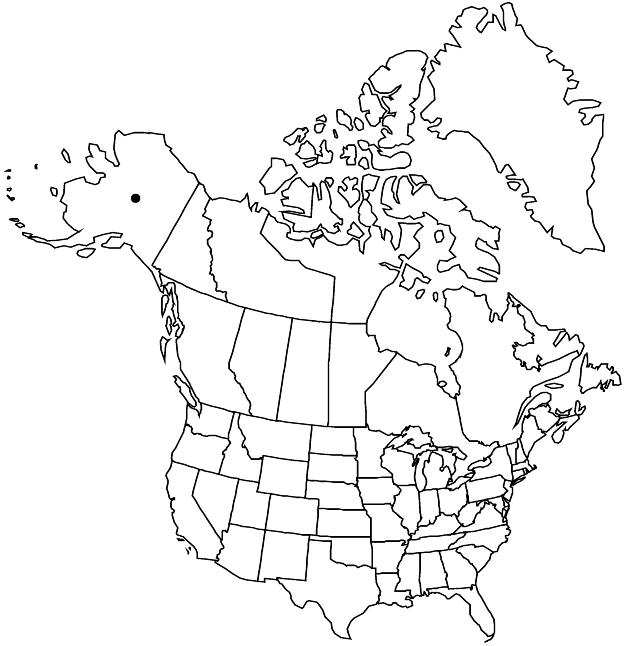Difference between revisions of "Gaultheria pyroloides"
Ann. Mus. Bot. Ludguno-Batavi 1: 30. 1863 ,.
FNA>Volume Importer |
FNA>Volume Importer |
||
| Line 50: | Line 50: | ||
|publication year= | |publication year= | ||
|special status= | |special status= | ||
| − | |source xml=https://jpend@bitbucket.org/aafc-mbb/fna-data-curation.git/src/ | + | |source xml=https://jpend@bitbucket.org/aafc-mbb/fna-data-curation.git/src/f6b125a955440c0872999024f038d74684f65921/coarse_grained_fna_xml/V8/V8_1004.xml |
|subfamily=Ericaceae subfam. Vaccinioideae | |subfamily=Ericaceae subfam. Vaccinioideae | ||
|genus=Gaultheria | |genus=Gaultheria | ||
Revision as of 20:27, 24 September 2019
Shrubs, erect or, rarely, creeping, not mat-forming, rhizomatous, with adventitious roots. Stems (slender to stout), 10–30 cm, glabrous. Leaf blades oval to obovate or elliptic, 1.5–3.5 cm, base cuneate to rounded, margins serrate to ± crenate (teeth usually tipped with minute, glandular bristles), apex obtuse, surfaces glabrous. Inflorescences axillary, drooping, secund racemes; peduncle reddish, 2–6 cm, sparsely hairy; bracts light green, oblanceolate, 2.5–3.5 mm, not exceeding sepals, glabrous. Pedicels green, 4–8 mm, sparsely hairy; bracteoles 1–3, pink to reddish, narrowly oblanceolate to subulate, 1–2 mm, glabrous. Flowers: sepals 5, connate ca. 1/2 their lengths, dark green, deltate, 1.5–2 mm, glabrous; petals 5, connate nearly their entire lengths, cream to light pink, 5–6 mm, glabrous, corolla urceolate, lobes 0.5 mm; filaments broadest proximally, tapering distally, minutely ciliate marginally; anthers with 2 bifurcating awns, dehiscent by subterminal pores proximal to awns. Fruits white, 6–8 mm wide.
Phenology: Flowering Jun–Aug; fruiting Sep–Oct.
Habitat: Alpine heath and rocky soils on mountain slopes
Elevation: 400-2900 m
Distribution

Alaska, e Asia (Japan).
Discussion
Gaultheria pyroloides is native on Honshu Island, Japan, and has been collected from a restricted location in Alaska, on the northeast corner of Kiska Island in the western Aleutians.
Selected References
None.